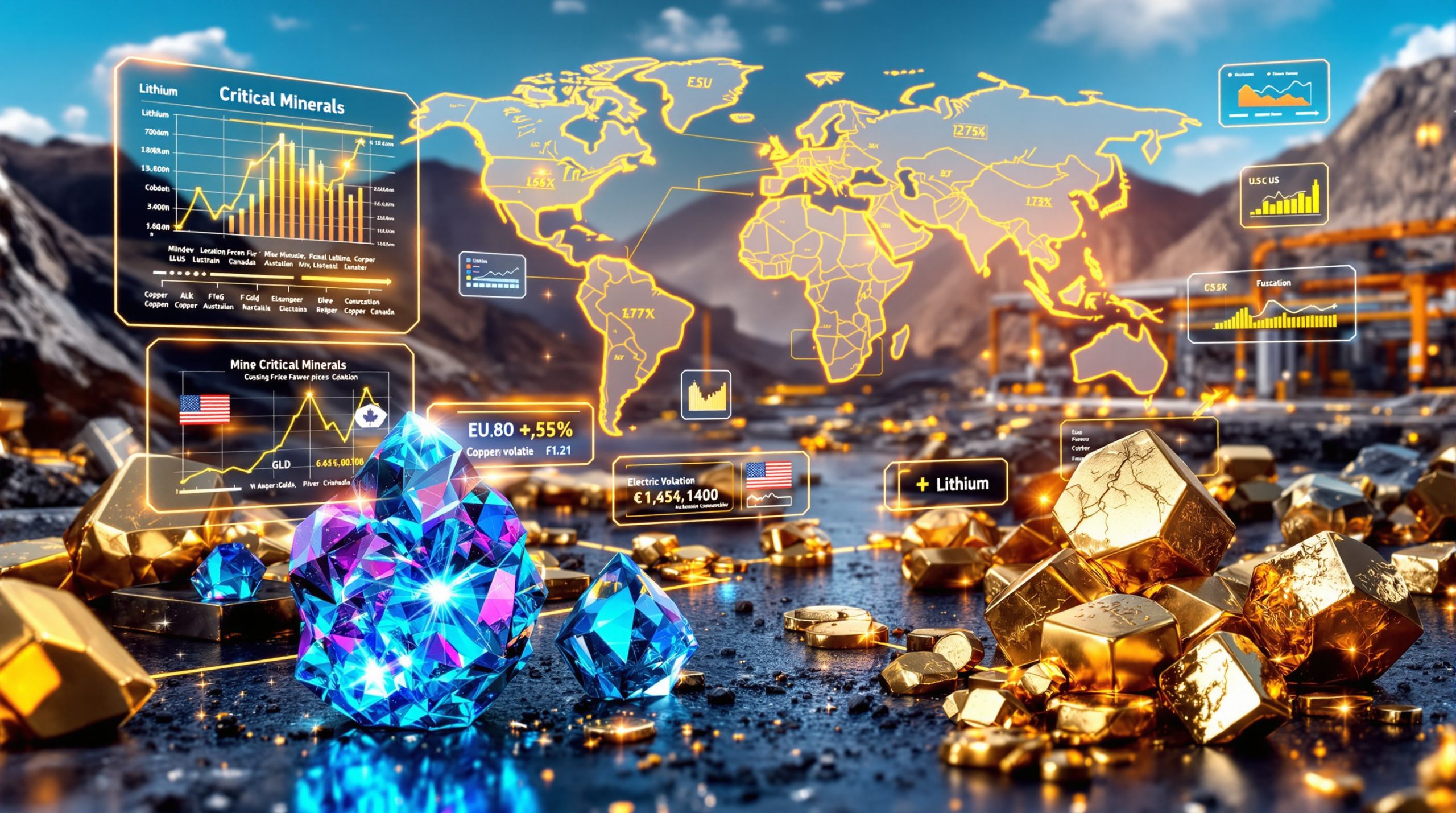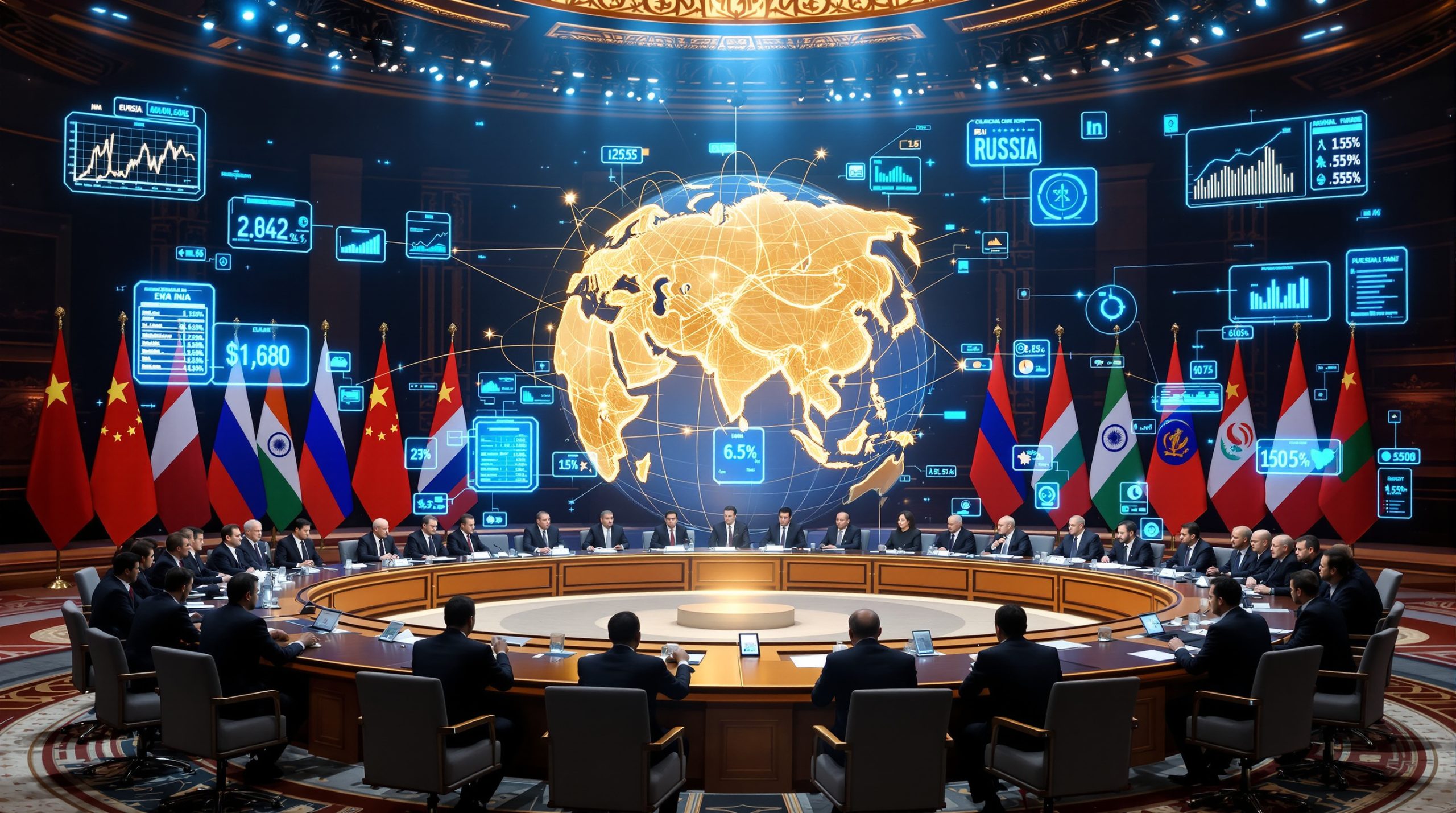Understanding the US-China Trade War and Its Impact on Global Markets
The US-China trade war represents an escalating series of tariffs and counter-tariffs between the world's two largest economies. Beginning with the US imposing a 10% tariff on Chinese goods from February 1, 2025, the conflict has intensified with each country implementing retaliatory measures against the other. This economic confrontation has sent shockwaves through global markets, particularly disrupting the ferro-alloys sector which plays a critical role in steel production worldwide.
Key Timeline of Recent Tariff Implementations
- February 1, 2025: US imposed 10% tariff on Chinese goods
- February 4, 2025: China responded with 15% tariff on US coal and LNG, and 10% tariff on crude oil and other goods
- March 3, 2025: US increased tariffs on Chinese imports from 10% to 20%, resulting in a 45% tariff on Chinese steel exports
- March 3, 2025: China imposed additional tariffs of 15% on US agricultural products and 10% on various food products
- March 27, 2025: US announced 25% import taxes on all cars and car parts, effective April 2, 2025
What is the US-China Trade War?
The US-China trade war represents a complex economic conflict rooted in broader geopolitical tensions between the world's dominant powers. Unlike previous trade disputes, this conflict has been characterized by its wide-ranging impact across multiple sectors and its rapid escalation through tit-for-tat tariff impositions.
Chinese steel exports reached an impressive 110.72 million tonnes in 2024, marking a 22.7% increase from 90.26 million tonnes in 2023. However, industry analysts are now predicting a significant decline in these export figures for 2025 due to the implementation of harsh US tariffs. As one China-based trader noted, "Steel exports will inevitably decline in 2025 due to these punitive US tariffs, which will consequently reduce demand for ferro-alloys across the supply chain."
The conflict has expanded beyond the bilateral relationship, with countries including India, Vietnam, and South Korea also implementing tariffs against Chinese steel exports, creating a more complex global trade environment. These cascading tariffs have amplified supply chain disruptions and market uncertainty, creating ripple effects throughout the global metals industry.
Historical Context and Systemic Impact
This current trade dispute follows previous tensions from 2018-2020, though the current iteration appears more severe in both scope and potential long-term impact. Economists estimate that continued escalation could reduce global GDP growth by 0.5-0.7% by 2026, with particularly acute effects on manufacturing-dependent economies.
The impacts of the US and China trade war extend far beyond bilateral relations, resulting in global commodity market shifts driven by trade policies that affect numerous industries worldwide.
How Are Global Supply Chains Being Disrupted?
The trade tensions have created significant disruptions across global supply chains, particularly affecting the ferro-alloys sector which is essential for steel production. These materials—including manganese alloys, ferro-silicon, and ferro-chrome—are fundamental components in steel manufacturing, making them particularly vulnerable to trade policy shifts.
Direct Impact on Steel Production
Chinese steel exporters are facing unprecedented challenges as the new tariff structure makes their products significantly less competitive in the US market. With the 45% tariff now in place, many Chinese mills are being forced to redirect shipments to alternative markets or reduce production altogether.
The automotive sector has been particularly hard hit by the 25% tariff on imported cars and parts, creating downstream pressure on specialty metals like tungsten and manganese. These metals are critical components in automotive manufacturing, with tungsten used in EV batteries and high-performance vehicle components, while manganese is essential for high-strength automotive steel.
The Zhengzhou Commodity Exchange has reflected this market turbulence, with ferro-silicon futures falling sharply from 6,786 yuan per tonne on February 5 to 6,146 yuan per tonne by March 27—a 9.5% decline in less than two months. This price volatility illustrates the immediate market reaction to trade policy uncertainty.
Cascading Effects on Ferro-Alloys Markets
The disruption has created a domino effect throughout the supply chain. As one industry trader explained, "The tariffs from India, Vietnam, and South Korea against Chinese steel exports have hammered regional supply chains, forcing producers to seek alternative markets or cut production."
Japan and South Korea, with their robust automotive manufacturing sectors, have been particularly affected by the US automotive tariffs. These countries are major consumers of specialty metals like tungsten and manganese for their advanced manufacturing processes. The resulting demand contraction has further depressed prices in already struggling markets.
For investors and companies involved in commodities, navigating geopolitical shifts impacting trade has become essential for maintaining market competitiveness.
What's Happening to Ferro-Alloys Prices?
The trade war has triggered significant price declines across key ferro-alloys markets, squeezing profit margins for Asian producers to unsustainable levels in many cases.
Price Movements in Key Markets
The downward price trajectory has been consistent across multiple ferro-alloys products:
- Ferro-silicon futures on the Zhengzhou Commodity Exchange fell from 6,786 yuan per tonne (February 5) to 6,146 yuan per tonne (March 27), a 540 yuan decrease
- Silico-manganese futures declined from 5,918 yuan per tonne to 6,204 yuan per tonne during the same period
- Fastmarkets' price assessment for ferro-silicon (75% Si min) dropped by 250-350 yuan to 6,050-6,150 yuan ($832-846) per tonne
- Silico-manganese (65% Mn min) prices fell by 500-600 yuan to 5,900-6,000 yuan per tonne
These price declines reflect both reduced export opportunities and weakening domestic demand in China. The price compression has been particularly severe for marginal producers with higher cost structures, forcing many to consider production curtailments.
Industry Outlook and Production Decisions
Market confidence has been severely affected, with producers and traders expressing deep pessimism about demand recovery in the near term. As one industry trader noted, "Some Chinese ferro-alloys producers are considering voluntary production suspensions due to mounting losses. There's simply no incentive to continue producing at these price levels."
Fastmarkets' weekly price assessments have become critical benchmarks for the industry during this volatile period, with many contracts now being negotiated with more flexible terms to account for rapid price movements. Industry analysts estimate that operating rates at Chinese ferro-alloys plants could drop by 25-30% if current price trends continue into the third quarter of 2025.
The situation requires navigating commodity cycles amid global uncertainties as trade tensions continue to reshape markets.
How Are Different Countries Being Affected?
The trade war is creating both challenges and opportunities across different regions and industries, reshaping competitive dynamics and forcing strategic adjustments.
Regional Impact Assessment
China: As the world's largest ferro-alloys producer (accounting for 60-70% of global output), China faces reduced export opportunities and domestic price pressure. Many smaller producers are operating at losses, with industry consolidation expected to accelerate through 2025-2026.
United States: While implementing protectionist measures to boost domestic production, US manufacturers are facing higher input costs for specialty metals. Domestic ferro-alloys producers stand to benefit from reduced competition, though downstream manufacturers are absorbing higher costs.
Other Asian countries: Vietnam, Malaysia, and Indonesia are exploring opportunities to expand ferro-alloys production to fill supply gaps created by Chinese export constraints. However, they face challenges in rapidly scaling production capacity and securing raw materials.
Industry-Specific Effects
The automotive sector is navigating particularly complex challenges due to the 25% tariff on cars and parts. This has affected demand for tungsten and manganese, which are critical inputs for high-performance components and specialty steels. Automakers are increasingly exploring material substitution and supply chain regionalization to mitigate these impacts.
Steel producers outside China may benefit from reduced competition in export markets, but face volatility in raw material costs. As production shifts to regions with different cost structures and environmental regulations, quality consistency has become a growing concern for end-users.
Understanding these impacts requires comprehensive global commodities market insights to make informed business decisions during this period of market turbulence.
What Are the Long-Term Implications for the Ferro-Alloys Sector?
The ongoing trade tensions are reshaping the global ferro-alloys landscape with significant implications for market participants that will likely persist well beyond any eventual resolution of the current dispute.
Market Restructuring
The oversupply situation in China is being exacerbated by reduced export opportunities, creating unsustainable pressure on producers. Industry analysts project that 20-30% of Chinese ferro-alloys producers may close or consolidate by 2026, fundamentally altering the competitive landscape.
Trade flows are shifting as buyers seek alternative suppliers, with countries like Vietnam, Indonesia, and India potentially benefiting from increased market share. However, these countries face challenges in matching China's production scale and cost advantages in the near term.
New trade partnerships are emerging in response to the disrupted market, including strategic minerals agreements between countries seeking to secure supply chains. The EU's Carbon Border Adjustment Mechanism (CBAM) adds another layer of complexity to global trade patterns, potentially creating new barriers for carbon-intensive ferro-alloys producers.
Major mining companies are developing strategic responses to global trade challenges in mining to adapt to the changing landscape and protect their market positions.
Strategic Considerations for Market Participants
Market participants are increasingly focused on:
- Diversification of supply chains to reduce dependency on single markets
- Investment in production capacity outside high-tariff regions
- Development of more flexible pricing mechanisms and contract structures
- Vertical integration to secure raw material supplies and reduce cost volatility
- Exploration of substitution materials where technically feasible
Companies that can successfully navigate these strategic challenges may emerge stronger, while those unable to adapt risk being marginalized in the restructured market environment.
FAQs About the US-China Trade War and Ferro-Alloys Markets
How are ferro-alloys prices determined in the current market?
Ferro-alloys prices are determined by supply-demand dynamics, production costs, and increasingly by trade policies. Fastmarkets provides regular price assessments for key products like ferro-silicon and silico-manganese, with recent assessments showing significant price declines following the implementation of tariffs. The benchmark 75% Si minimum grade ferro-silicon assessment methodology considers factors including delivery terms, payment conditions, and transaction volume to establish representative market prices.
What sectors are most affected by the trade war's impact on ferro-alloys?
Steel production, automotive manufacturing, and construction are the most affected sectors. The 45% tariff on Chinese steel exports and 25% tariff on cars and car parts have created particular challenges for these industries. The automotive sector's transition toward electric vehicles has maintained demand for certain specialty metals despite tariff pressures, creating divergent trends within the broader ferro-alloys market.
How might the trade war affect future investments in ferro-alloys production?
The uncertainty created by the trade war is likely to delay or redirect investments in ferro-alloys production. Some producers may shift investments to countries less affected by tariffs, while others may focus on serving domestic markets rather than exports. Vietnam's ferro-silicon output reportedly rose 18% year-over-year in 2024, reflecting this investment redirection trend. Major mining companies like Rio Tinto have pivoted some investments toward ASEAN countries for manganese projects in response to the changing trade landscape.
What alternatives exist for buyers affected by the US-China trade tensions?
Buyers are exploring alternative suppliers from countries not subject to the same tariff levels, considering substitution of materials where possible, and in some cases, absorbing higher costs or passing them on to customers. Many are also incorporating more flexible contract terms to manage price volatility and implementing strategic stockpiling of critical materials during favorable price windows.
Industry experts recommend that buyers develop comprehensive risk management strategies that include diversified sourcing, strategic inventory management, and exploration of technical alternatives where feasible. As the trade dispute continues, supply chain resilience has become as important as cost optimization for many manufacturers.
Ready to Stay Ahead of Major Mineral Discoveries?
Discover significant ASX mineral discoveries ahead of the market with Discovery Alert's proprietary Discovery IQ model, providing real-time alerts that translate complex mineral data into actionable investment insights. Explore how major mineral discoveries have generated substantial market returns by visiting Discovery Alert's dedicated discoveries page and begin your 30-day free trial today.




